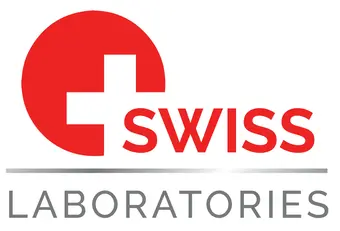- Home
- Treatments
- Fertility
Fertility
Infertility is a global health issue affecting millions of people of reproductive age worldwide. Available data suggests that between 48 million couples and 186 million individuals have infertility globally. About 9% of men and about 11% of women of reproductive age in the United States have experienced fertility problems. In one-third of infertile couples, the problem is with the man. In one-third of infertile couples, the problem can't be identified or is with both the man and woman. Infertility is increasing. The use of assisted reproductive technology (ART) by infertile couples is increasing by 5% to 10% per year.
Assisted reproductive technology (ART) is used to treat infertility. ART includes fertility treatments that handle both eggs and sperm. It works by removing eggs from the ovaries. The eggs are then mixed with sperm to make embryos. The embryos are then put back in the parent's body.
In vitro fertilization (IVF) is the most common and effective type of ART. IVF is one of the more widely known types of assisted reproductive technology (ART). During IVF, mature eggs are collected from ovaries and fertilized by sperm in a lab. Then the fertilized egg (embryo) is transferred to a uterus. One full cycle of IVF takes about three weeks. Sometimes these steps are split into different parts and the process can take longer.
According to the United Kingdoms National Health Service in 2019, the percentage of IVF treatments that resulted in a live birth was:
32% for women under 35.
25% for women aged 35 to 37.
19% for women aged 38 to 39.
11% for women aged 40 to 42.
5% for women aged 43 to 44.
4% for women aged over 44.
At Swiss Labs we have stem cell-based techniques to improve the outcome of patients using IVF and also for those that want to try to conceive without using IVF. Stem cells are capable of providing new hope for improving the treatment of female infertility through their ability to regenerate.
Science has made it possible through stem cell therapy to help a woman attain a full-term pregnancy at a later age. Most infertility problems are related to poor vitality of the female egg and male sperm, thin uterine wall, toxin accumulation, nutrient deficiencies or subclinical infection. From the complex to the simple, we will explore all levels to help a woman that is older or younger that is having difficulty conceiving a viable birth.
We will determine the course and depth of treatment after a review of conception history, IVF attempts and other clinical factors.
In cases where the infertility is due to issues of age, genetics or past chemotherapy treatment, human umbilical cord derived MSCs should be considered as they have proven they can rejuvenate fertility potential.
In a study on mesenchymal stem cells and fertility, after administering MSCs, both functions of the ovary were restored,; (1) the endocrine functions of estrogen production, and (2) exocrine function of oocytes that result in successful pregnancies. (Zhu SF, et.al. J Cell Mol Med. 2015 Sep)
In MSC treatment, the recovery of ovarian function ranges from 14 to 24%, and the interval from the MSC treatment to first spontaneous menstruation ranges from 21 to 87 months (median 49 months). Recovery rates as high as 84% have been reported among patients with favorable predictors. (Schechter T,.et.al. P Can Fam Physician 2005)
Depending on the patient’s condition, we have applied MSC by Intravenous methods with a simple IV drip or by catheter under the supervision of an interventional radiologist in a hospital setting. With the catheter we can control exactly where the stem cells will go. This generally should lead to a better outcome for the patient.
